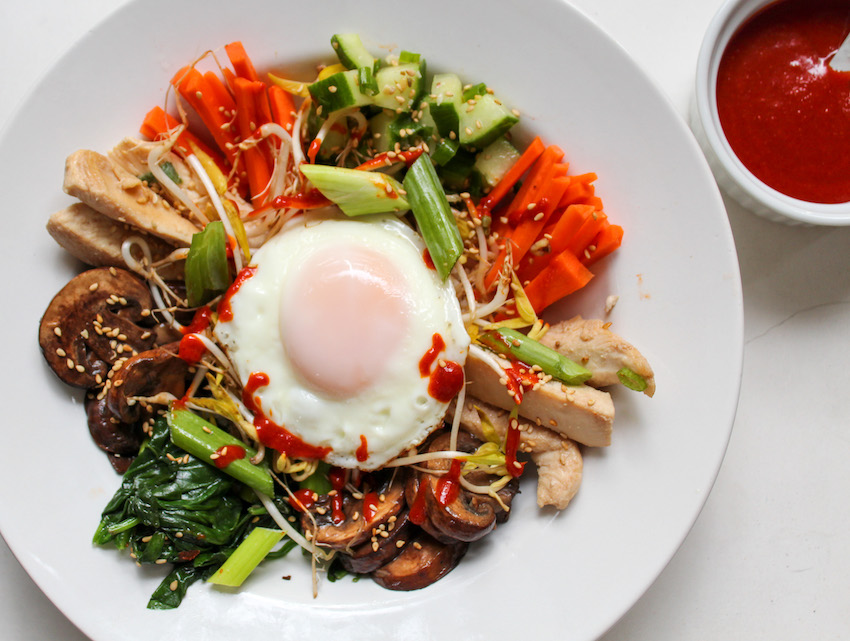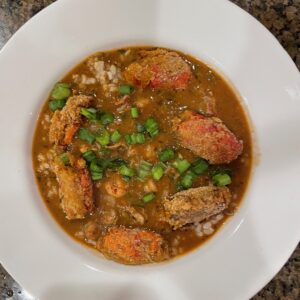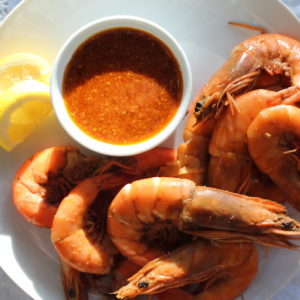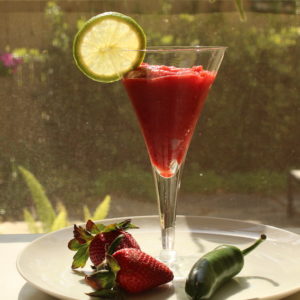Bibimbap is a traditional Korean rice bowl topped with vegetables, a protein, such as beef, chicken or tofu, a fried egg and a fermented red pepper paste, gochujang. “Bibim” means mixing and “bap” means rice. That is exactly what happens when you make a bowl of bibimbap and add the sweet and spicy red pepper sauce. You get to break the egg yolk and then mix all of the ingredients together with the rice and experience the sublime tastes and textures of earthy mushrooms tossed with sesame oil and rice vinegar, contrasted with hot Korean pepper paste, tart and crunchy pickled carrots and cucumbers and whatever else you choose to include in your mixed up rice bowl.
Typically, a bibimbap, a one bowl meal, requires separate preparation of each ingredient. The recipe can look a little daunting because it is rather long. However, you will find that the preparations are repetitious and simple and usually involve seasoning with basic ingredients such as tamarind or soy sauce, sesame oil, rice vinegar, green onions and a little garlic. I like to sauté most of the vegetables. I pickle the carrots and cucumbers to maintain their texture and sweetness.
In my version of bibimbap, I use mushrooms, green onions, cucumbers, spinach and bean sprouts. You can also include or substitute squash, especially zucchini, radishes, peppers and other seasonal vegetables.
I lightly marinate the protein in a marinade of rice vinegar, honey, soy sauce and sesame oil and flavor with garlic and green onion. If you are preparing the vegetarian version, bake or sauté the tofu so that it is firm. You can easily make your one bowl bibimbap vegetarian or vegan by omitting the meats and substituting tofu and by omitting the egg for the vegan version.
A short grain brown or white rice works well for this rice bowl. You can either purchase ready made gochujang at your local grocery or specialty store or make your own. I ordered the ground red Korean peppers and made a sauce in 5 minutes in the processor with white miso and tamari. You can find this recipe here. The gochujang is delicately spicy and very earthy and enhances the vegetables and rice and eggs perfectly.






Comments are closed.